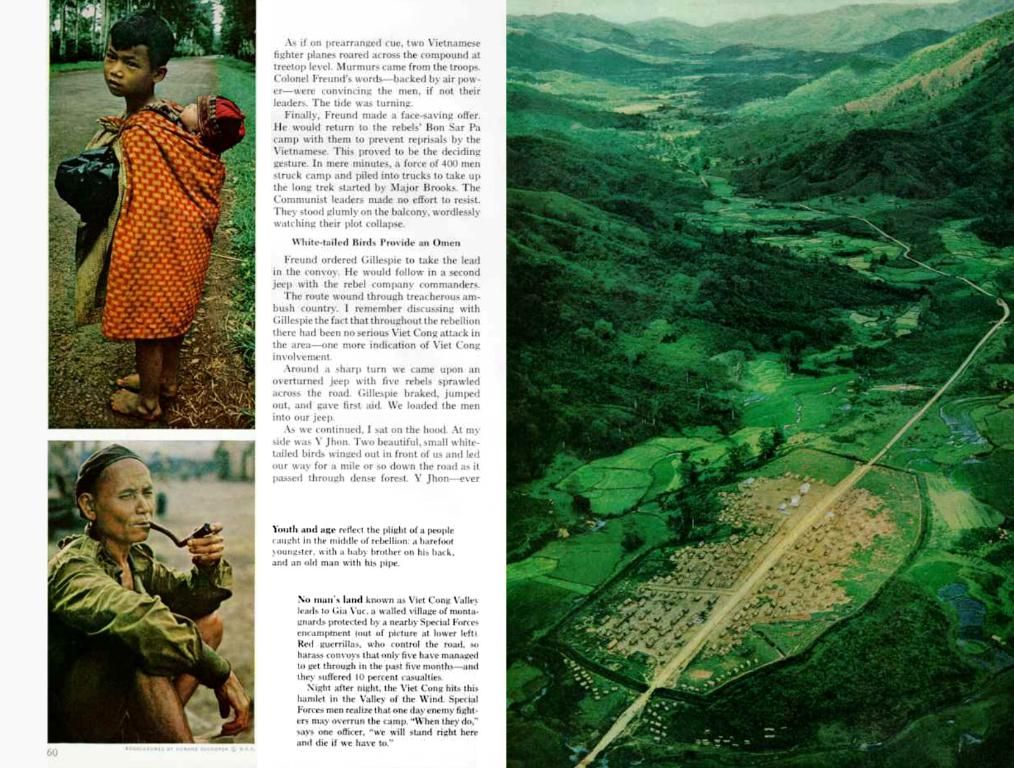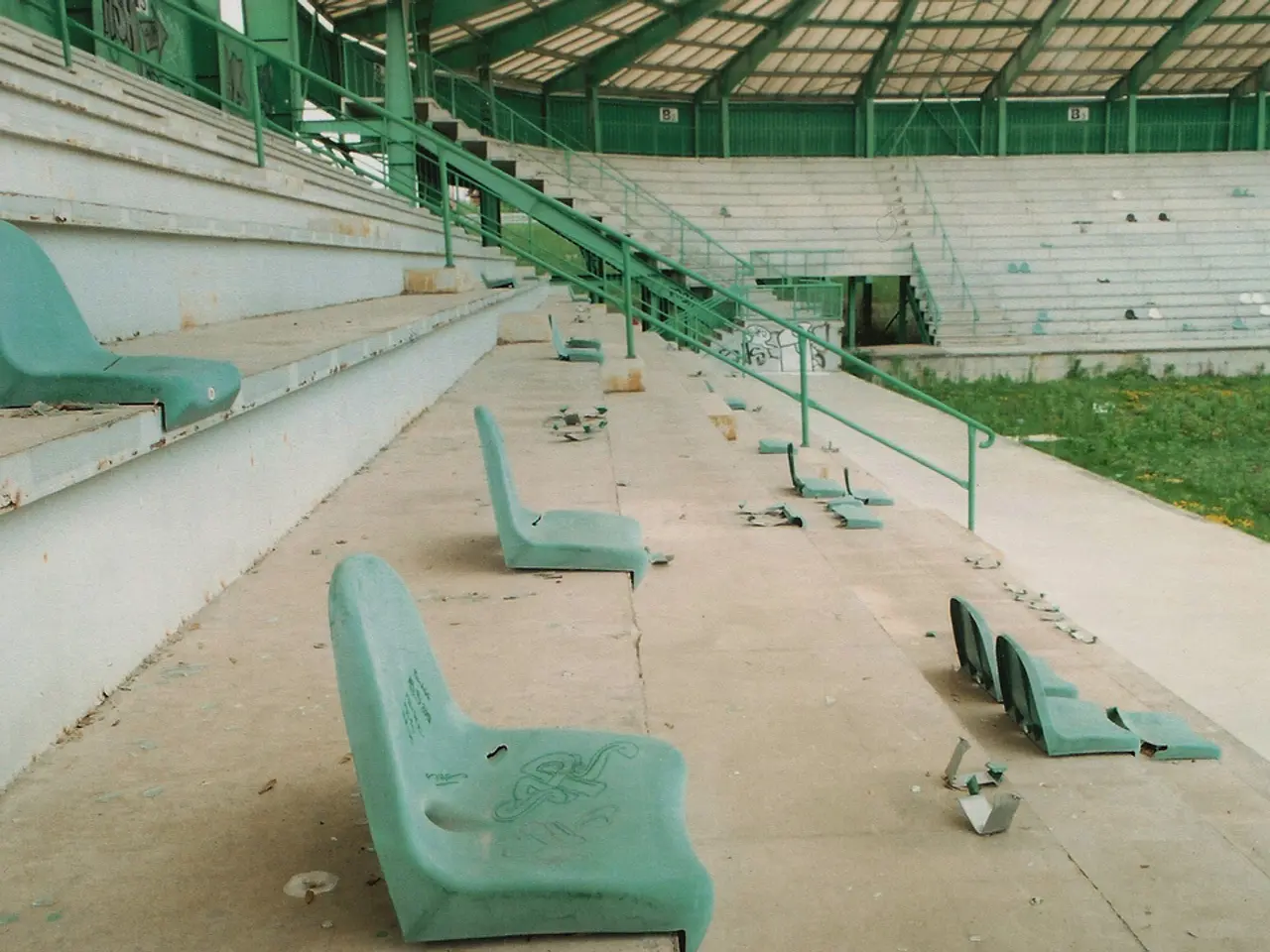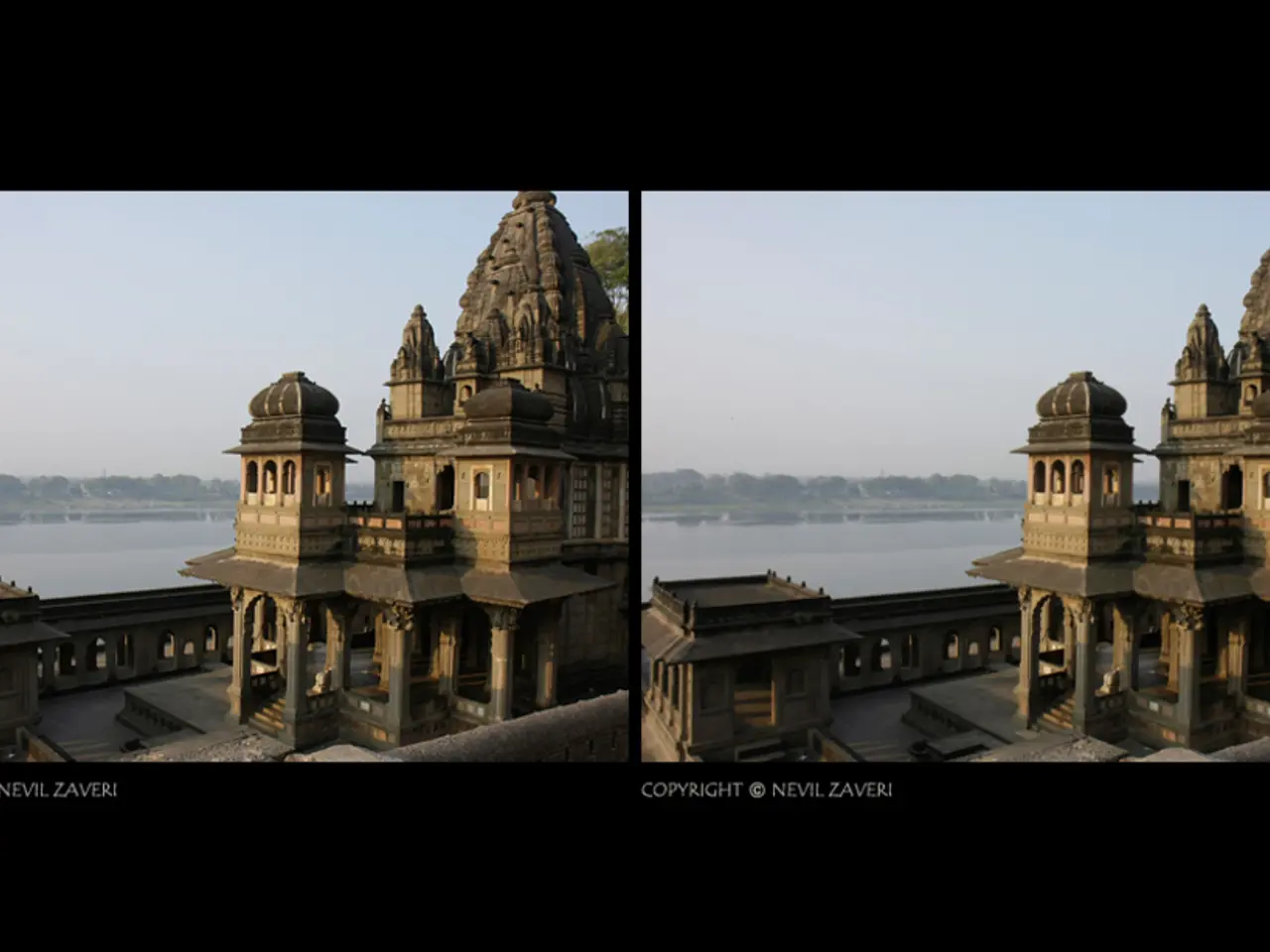Delhi-NCR Experiences Relief After Rainfall, Air Quality Continues to be 'Poor'
Revised Article:
Delhi-NCR battled through bouts of poor to very poor air quality over the past week, with a brief respite on Saturday. A dash of rainfall in several areas brought some relief and a slight improvement in air quality and temperature. However, the overall air quality remains questionable, with many areas still sitting in the "poor" to "very poor" category, as per Central Pollution Control Board (CPCB) reports.
On Saturday, Anand Vihar clocked an Air Quality Index (AQI) of 222, while Delhi Technological University (DTU) area recorded 206. In Dwarka Sector 8, the AQI read 210, and ITO stood comparatively better at 146. Around India Gate, the AQI measured 177, a touch better than Friday's 250.
Experts attribute the air quality decline to a mix of dust-laden winds and deteriorating pre-monsoon atmospheric conditions. The India Meteorological Department (IMD) reported a significant cloud mass over the region, triggering strong winds, especially in Palam, which picked up dust particles, decreasing visibility and worsening air quality.
While the rain helped settle some airborne particles, these improvements are temporary, warn environmental experts. With the pre-monsoon weather patterns continuing, authorities urge citizens to take precautions and stay informed about real-time air quality data.
Looking ahead, long-term predictions for Delhi-NCR's air quality show a challenging pattern, influenced by pre-monsoon weather conditions, such as dust storms and strong winds, combined with ongoing pollution levels. These weather patterns are expected to cause recurring dust storms and delays before the monsoon rains can settle dust and reduce particulate matter.
In a recent severe dust storm on May 15, AQI readings soared above 700 in certain localities, with hazardous air quality and degraded breathing conditions. The pre-monsoon period features dry soils and strong winds that stir up dust, exacerbating particulate pollution levels, thereby pushing conditions to poor and hazardous levels.
Until monsoon rains arrive, Delhi-NCR can anticipate fluctuating but predominantly poor air quality levels, with high AQI values driven by dust storms and ongoing emissions. Residents and authorities should brace themselves for more episodes of hazardous air quality, particularly on windy days, with health advisories issued for vulnerable populations.
- The ongoing air quality issues in Delhi-NCR are closely related to the pre-monsoon weather conditions, which also influence climate-change patterns.
- To effectively combat the rising air pollution levels, it is crucial for science and environmental-science to collaborate in developing advanced weather-forecasting methods.
- As the weather forecasters predict the pre-monsoon patterns to continue, we must strive for a combined effort between authorities, citizens, and meteorological departments to ensure regular weather-forecasting updates for better climate-change and air-quality management.








